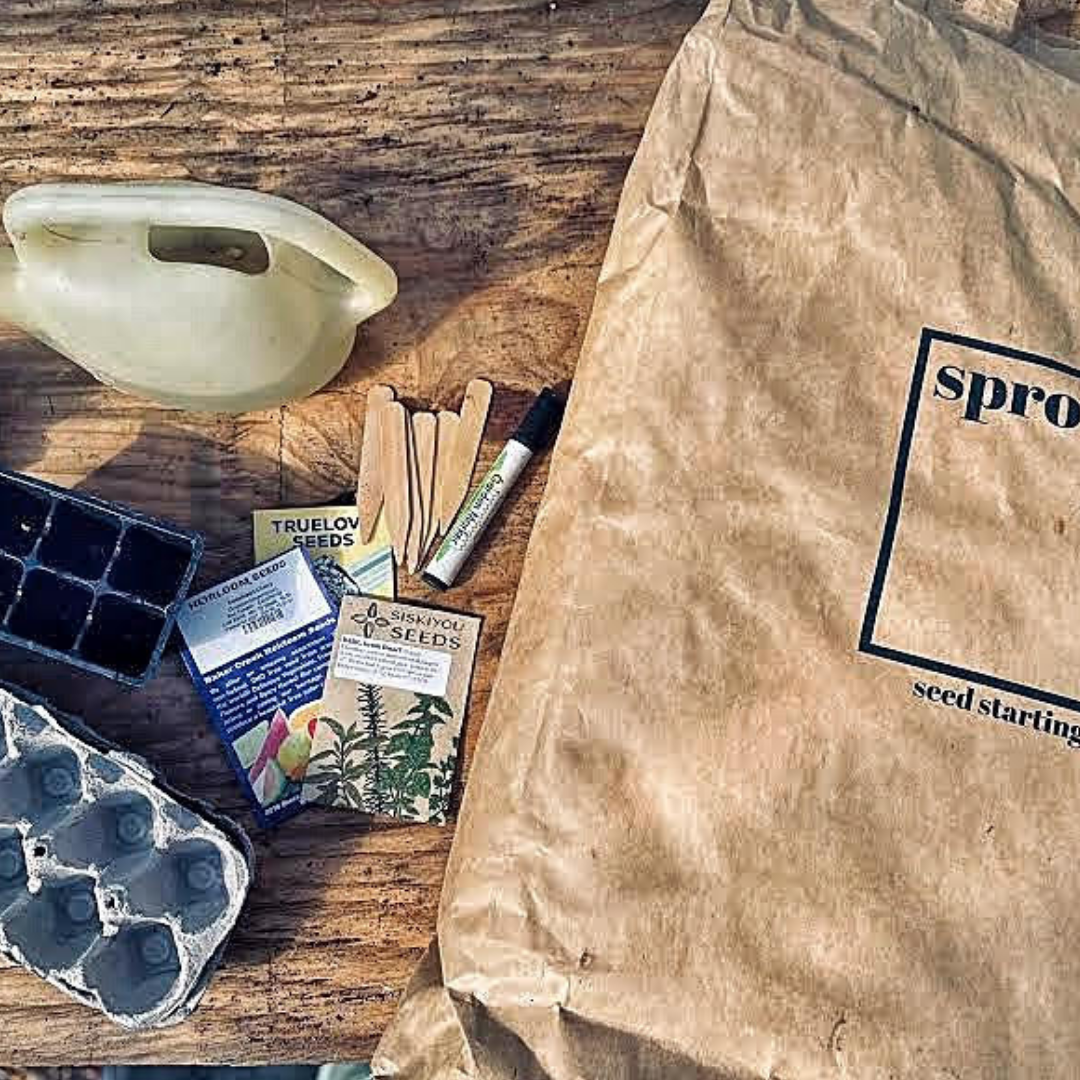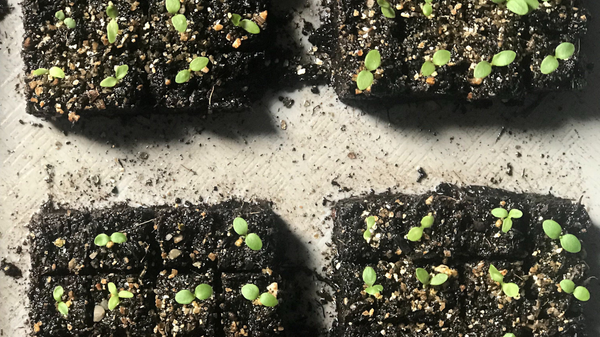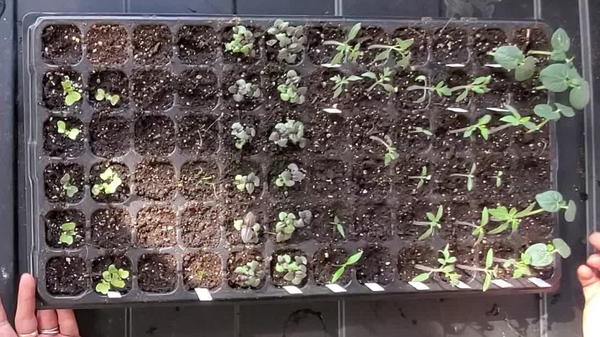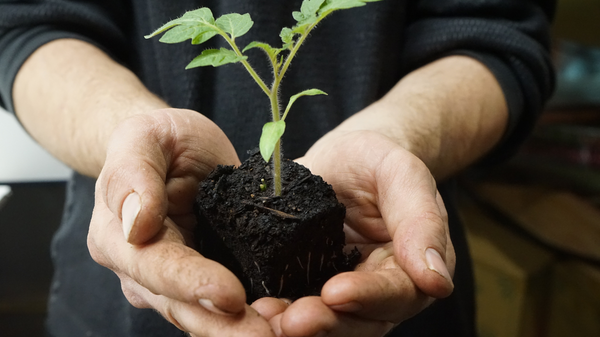
Seed Starting Workshop: A Recap
Emily Pek, founder of Frayed Knot Farm, teamed up with Claire Bruch from Tilth Soil, and Liani Rivera from Rust Belt Riders, to share some seriously helpful tips on starting seeds indoors in the free downloadable workshop: Starting from Seed: A Workshop. Their collective dos and don'ts not only provided practical guidance but also deepened our admiration for the resilience and creativity of gardeners.

Emily's expertise shines as she cultivates an impressive array of 30 annual and perennial flower varieties from seed. She nurtures these seedlings for 6 to 12 weeks before carefully transplanting them into the cherished land handed down from her grandparents in Northwest Ohio. Her deep connection to this land, coupled with her years of hands-on experience, renders her insights truly invaluable in the realm of horticulture and land stewardship.
The workshop validated a few assumptions, notably that you don't need a fancy setup to get your seeds started. Take it from Liani — she rigged up a sweet growing space in her closet using just some LED grow lights and a stainless steel shelving system she snagged online. With a wide range of equipment quality and tech, the key to germinating strong healthy seedlings is consistency. Rather than focusing on expensive lights, make sure you keep a consistent lighting schedule of up to 12 hours per day. At home, my partner and I hung a simple, LED-tube shop light on a set of chains six inches above the seedlings after they germinated and, as the plants got bigger, we moved the lights up.

It’s perfectly acceptable to reuse containers for your seed starts. Egg cartons are popular, though, twice-daily watering requirements will break down the paper eventually. Pek saves and reuses plastic plant cell packs from the store. The reason egg cartons and cell packs work best is their size -- small cells keep the seeds well contained when watering.
Your choice of growing medium is just as crucial as factors like light, water, and maintaining consistent temperatures. Soil isn't just about providing a stable base for your plants; it's the source of essential nutrients that fuel your seedlings' growth into vibrant, healthy plants. Emily has been happily growing in Tilth Soil's organic seed starting and potting mix Sprout for years, and her gorgeous plants and cut flowers show the results.

When it comes time to starting your seeds, use your finger, a pencil, or a chopstick to dig a small hole in the soil and then drop in a seed, sometimes two per 'plug'. Liani prefers the seeds from Baker Creek Heirloom Seeds. Emily likes the seed company Johnny's Selected Seeds, because their instructions are clear and copious. They both said to look for companies whose labels have details like, which seeds need soil to cover the plug, or, how long before seedlings can be transplanted to a bigger pot.
The idea with watering is to be gentle -- you don't want to displace small seeds from your soil. It was a good pro tip to find a watering can with perforated nozzles or the kind of condiment dispensers found at diners.

Liani showed a 'root bound' seedling versus a healthy root system. The key to avoiding root bound seedlings is to 'pot up' or move to a larger container about 2 weeks after germination. Her method for telling if a plant is root bound is to give it a “squeeze test.” If the seedling comes out quickly, the roots have taken all the nutrients from soil. If not, they’re probably not ready to go outside.
Once temperatures are consistently above freezing, you can start the process of hardening off your seedlings. This is the process of acclimating your starts to the outdoors. It can be tedious, Liani admits. This whole process is time and energy consuming, but the trade off is the satisfaction of knowing you’re working toward a self-sufficient home and garden.
If you’re unsure of what to bring out when, they swear by the Farmers’ Almanac, for planting advice that is appropriate to Northeast Ohio's climate hardiness zone (5 to 6).

"Don’t be discouraged if you can’t grow something perfectly. But, if something grows well, share what you did with a neighbor. You’ll find that sweet spot of what to grow where," Emily shared. These parting words really resonated with me, since at home some of our kale and chard seedlings fell over when we transplanted them. Practice forgiveness if things don't work out.
So, what are you waiting for? Dive into the workshop, start germinating those seeds, and let's get growing together! And hey, if you stumble upon something that works (or doesn't), don't keep it to yourself—share the love with your neighbors. Gardening is best practiced with a little patience, perseverance and community; like all things, it takes tending.
